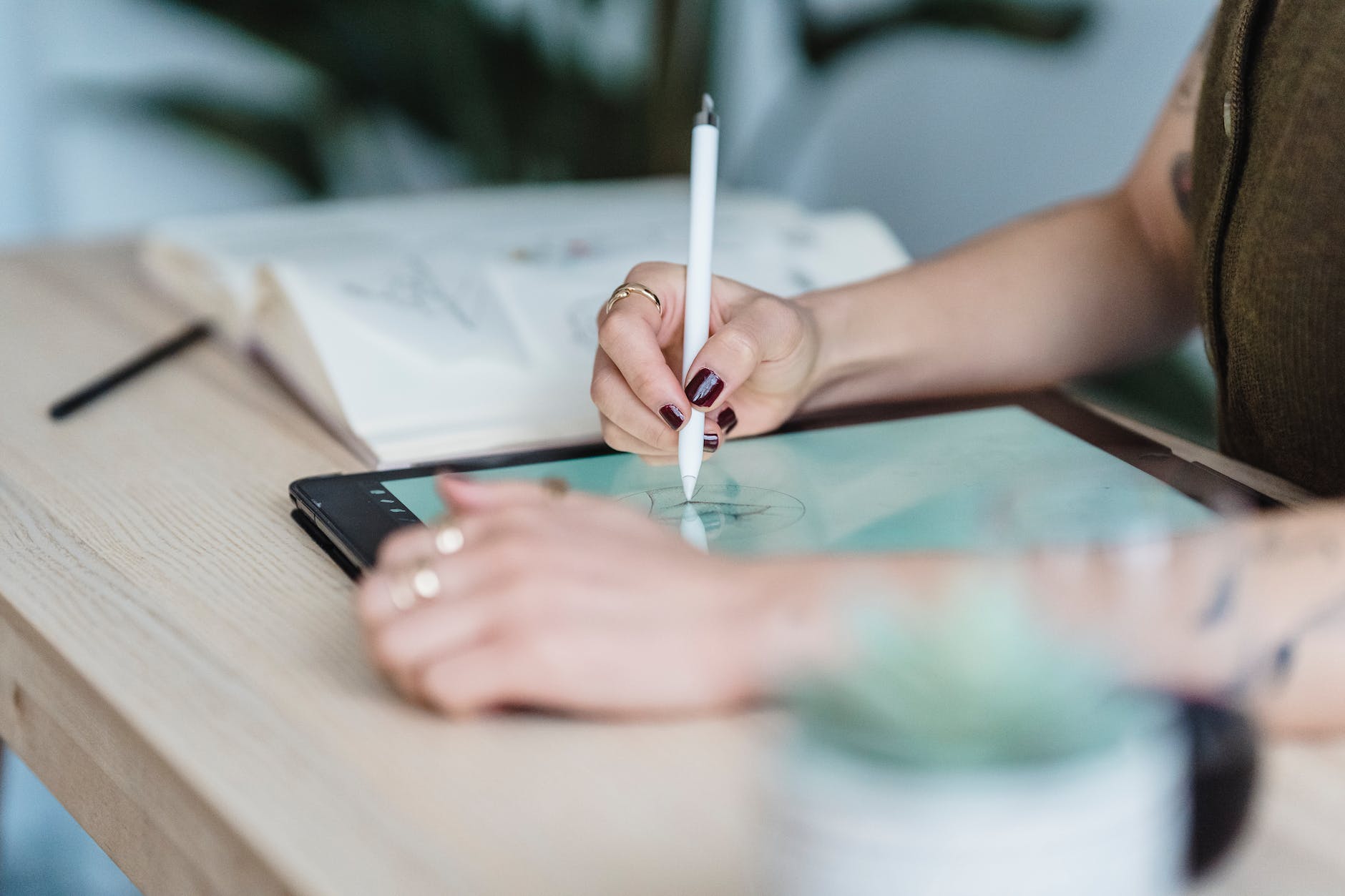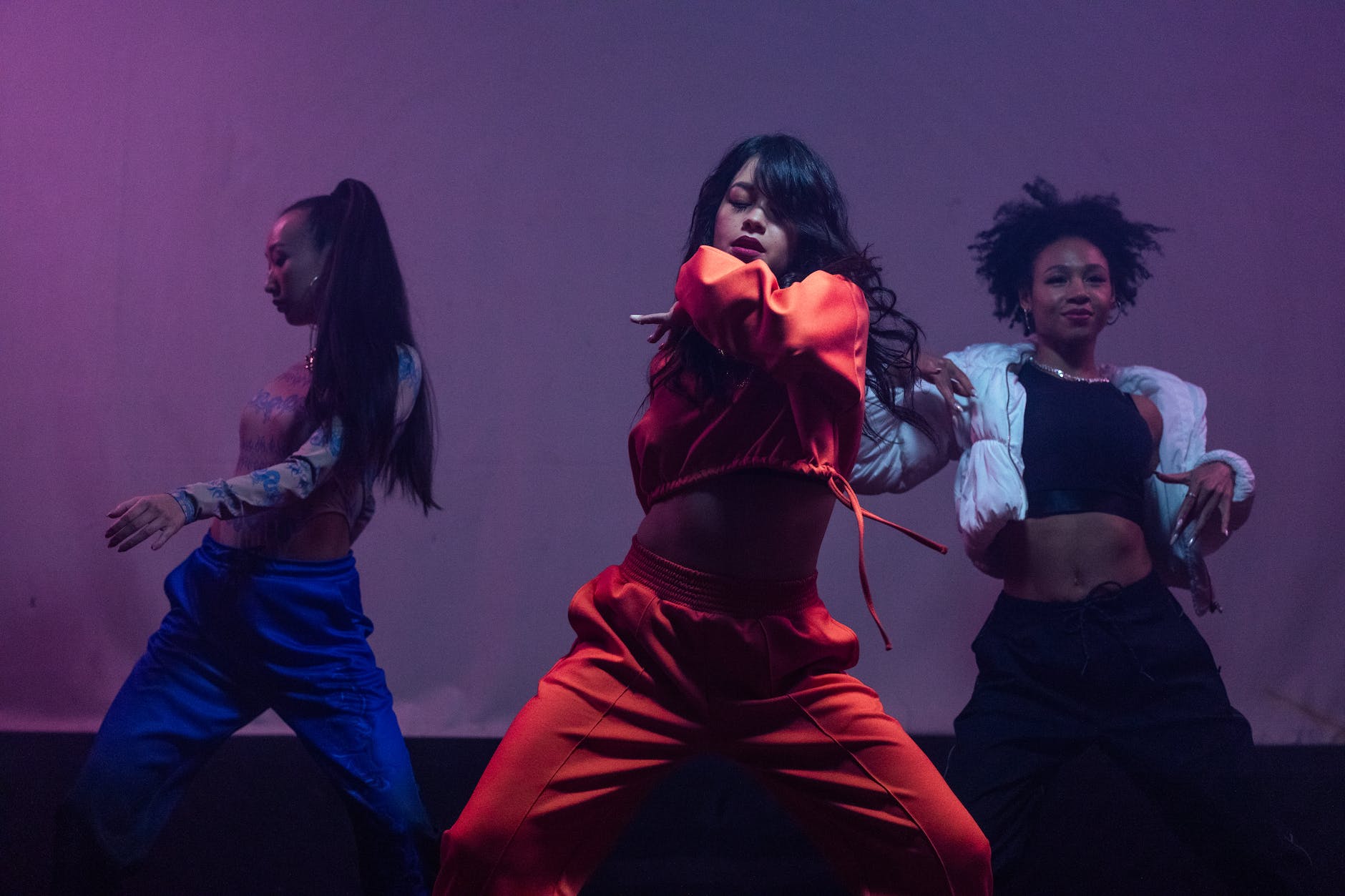The allure of the psychedelic art world is undeniably enchanting. With its bold, dizzying visuals that dance and weave hypnotically, it exists much like a dream – rooted in reality but undoubtedly anchored in the realms of the fantastical and the otherworldly. The tools of this trade range from traditional brush strokes to advanced digital manipulation techniques, showcasing the boundless creativity of its practitioners.
One of the key defining traits of psychedelic art is its use of vibrant colors. The palette is diverse, drawing from a cornucopia of hues that evoke emotion and stimulate the senses. In the hands of a gifted artist, these vibrant colors blend and meld together, transforming into captivating and detailed kaleidoscopic patterns. These patterns are often layered and complex, echoing the fractal art that has become a staple of psychedelic visual language. This genre, although primarily known for its computer-generated art, also includes hand-drawn works wherein each image, however intricate, reveals itself as a mere fragment of an infinite whole.
An essential part of this collective visual language revolves around organic forms. This style embraces abstract expressionism, utilizing lines and shapes that are intentionally undefined, freely formed, and open to interpretation. Much like nature itself, these organic forms often lack the rigid lines and symmetrical geometries found in more traditional art styles. Instead, they bring forth a dynamic fluidity that is at once reassuring and unsettling, familiar and strange.
As psychedelia evolves through the decades, so too does its means of expression. One such offspring of this evolution is the emergence of psychedelic graffiti. This urban art form transforms cityscapes overnight, featuring swirling patterns that push and pull the observer into a vortex of color and form. Oftentimes, this form also delves into the realm of optical illusions, playing what appears to be visual tricks on the spectator’s perception.
In more recent years, the field of digital manipulation has opened new avenues for psychedelic exploration. This method allows artists to distort, recolor and restructure images or parts of images, resulting in truly interdimensional art. Each piece seems to offer a doorway into another universe, crafting a vision that transcends the confines of our physical world. Moreover, this digital age of psychedelic art often taps into the techniques of fractal art, emphasizing the bewitching allure of infinite, mathematical patterns.
Lastly, psychedelic art takes great joy in the form of mixed media. By merging painting with photography, screen printing with collage, or any other possible combination, artists create masterpieces that encapsulate more than just a single medium. This multimedia layering approach results in a visual symphony of textures and forms, a trait that further defines the psychedelic style as being unafraid to push boundaries.
The artistic expressions within the psychedelic realm are as diverse and limitless as the imaginations of the artists themselves — a bewitching blend that commingles abstract expressionism, vibrant colors, organic forms, mixed media and revolutionary digital manipulation techniques. From the mesmerizing intricacies of fractal art to kaleidoscopic patterns, psychedelic graffiti, optical illusions, and interdimensional art, there’s no question psychedelic art serves to heighten our perception and challenge our understanding of the visual world.
In conclusion, psychedelic art invites us on a journey into the vast, untamed territories of the human psyche. It entices us to lose ourselves in its labyrinth of colour and form, only to find ourselves anew. This realm is a mirror, a reflection of our boundless capacity for creative exploration, echoing the adage that the only limits that exist are the ones we set for ourselves.
Sources:






